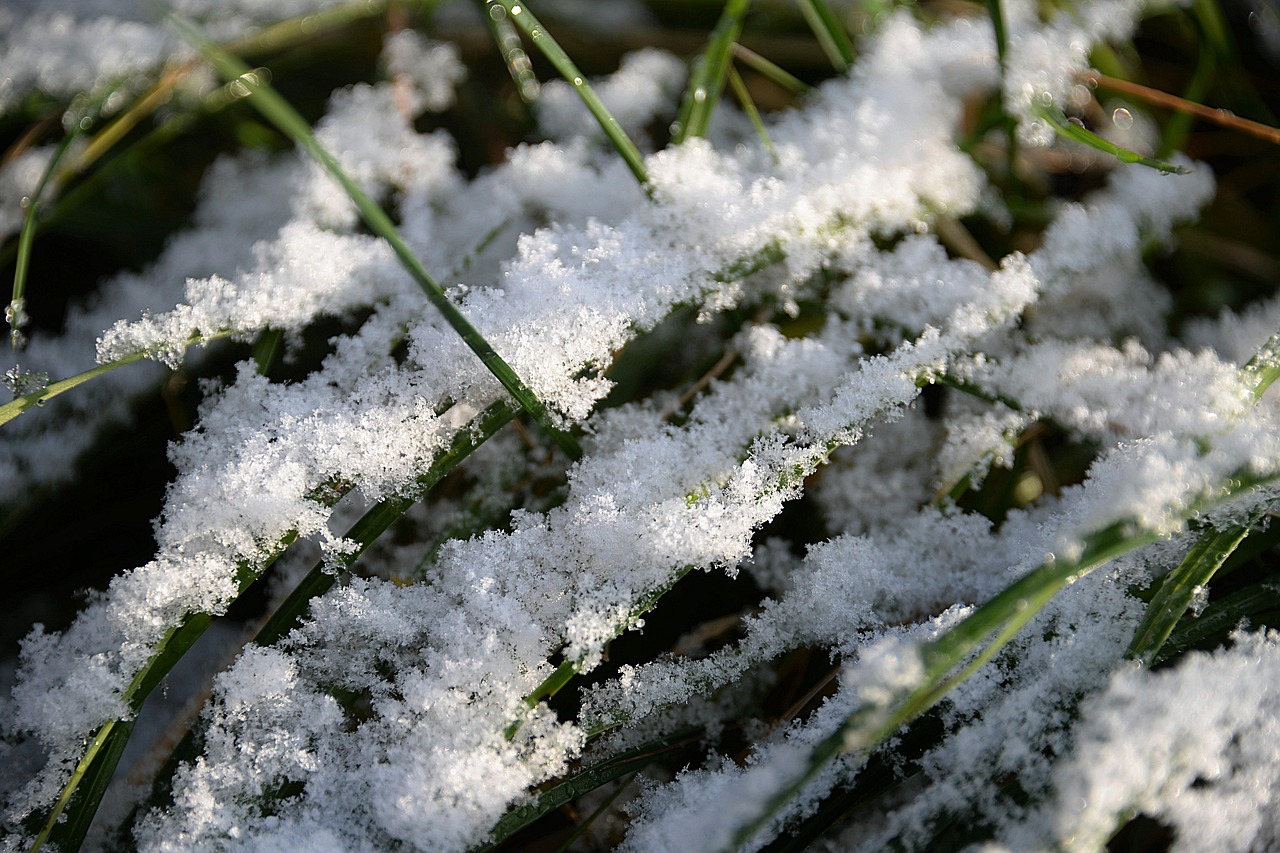As winter bids farewell and the snow starts to melt, you glance out at your lawn, only to realize that something is wrong—it’s not the lush green you expected. Snow mold! This sneaky culprit strikes when snow or wet leaves linger too long on the grass, wreaking havoc on your lawn’s health.
What is Snow Mold?
Snow mold is a fungal lawn disease caused by cold-weather related ecosystems and affects cool-season grasses. This disease forms when snow or wet leaves are on the lawn for too long before the ground is completely frozen. The snow mold isn’t visible until the snow melts coming into spring time and can affect almost any type of grass in the colder climates. If snow mold is left untreated it could ruin a whole yard of grass.
There are two types of snow mold; these are gray or Typhula Blight (Typhula Incarnata) and pink or Fusarium patch (Microdochium Nivale). The pink or Fusarium patch is the most severe snow mold because it attacks the roots and crowns of grass while the gray snow mold or Typhula Blight attacks just the blades of the grass.
What are the signs of Snow Mold?
Now you must be wondering, how do I spot snow mold before it spreads? As the snow begins to melt from the winter season, both pink and gray snow mold have a similar appearance. Gray snow mold will be in patches ranging from inches to feet that are gray in color while pink snow mold will be in patches ranging from inches to feet in a white color. These patches will look like matted down areas of the grass with its discoloring.
How to prevent Snow Mold?
- Mow your lawn: As fall comes to an end make sure to mow your lawn after the growing season. When the grass is long when it snows, it gives snow mold somewhere to grow and a breeding ground for the snow mold.
- Rake the leaves: As the leaves start to fall, make sure to rake leaves up into piles not on the grass. Wet leaves in piles on the grass create the perfect habitat for snow mold.
- Low-Nitrogen Fertilizer: Use a low-nitrogen slow release fertilizer! A high-nitrogen fertilizer can stimulate the growth of snow mold, so be sure to choose a fertilizer that is low in nitrogen.
- Fungicide: Apply a preventative fungicide in late fall before it starts to snow to help prevent snow mold. If you apply a fungicide after snow mold is already present it does little to nothing to the disease.
- Clear the Snow: Avoid letting piles of snow in shady areas pile up, this causes snow mold because the weight and wetness of the snow on the grass
- Dethatch: Make sure to dethatch in the fall to avoid snow mold from growing, with a thick thatch layer it creates the perfect habitat for snow mold
Contact Us!
If you’re grappling with snow mold wreaking havoc on your lawn, don’t fret! Smith & Sons are here to help you reclaim your green oasis. Our expert team specializes in combating snow mold and restoring the health of your lawn. Say goodbye to snow mold and hello to a vibrant lawn once again. Contact us today to talk to one of our team members and let us banish snow mold for good!

